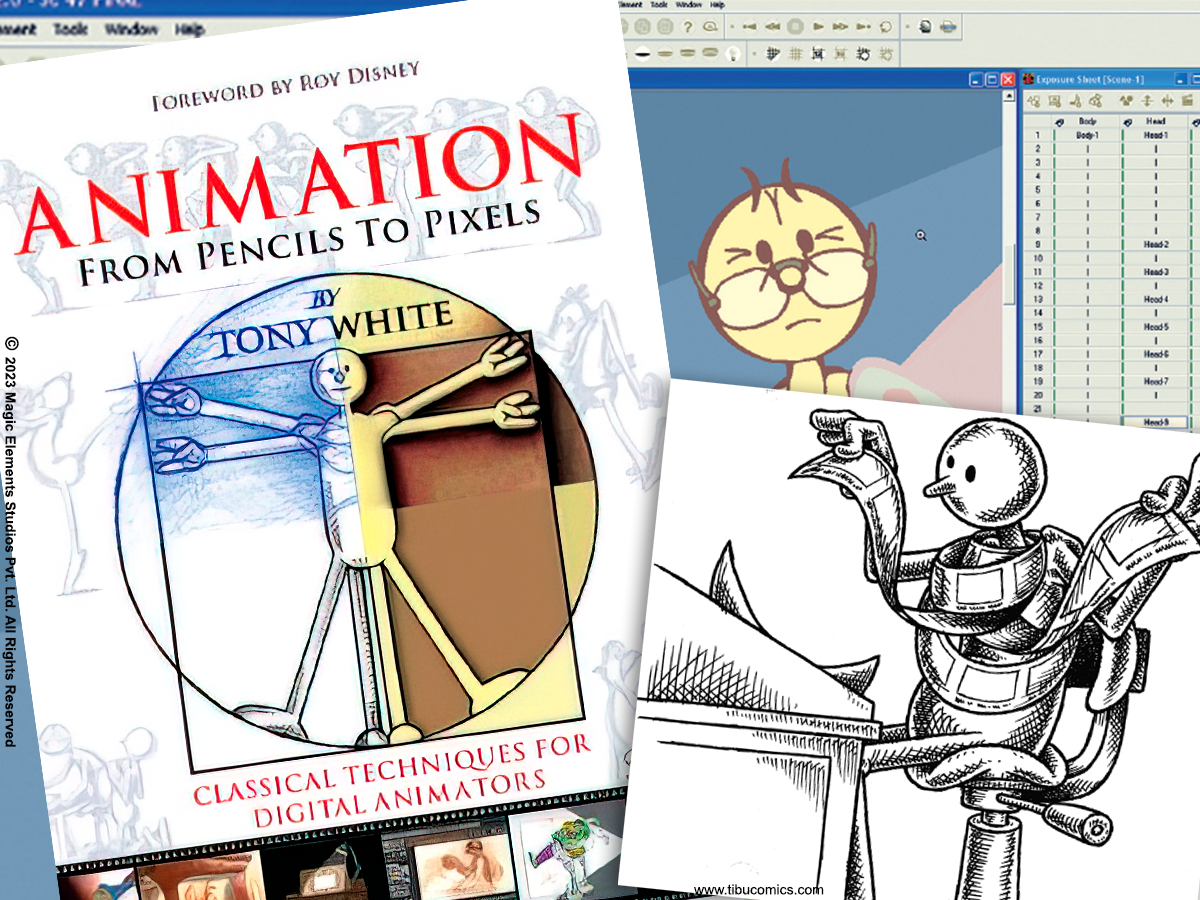
Why Graphic Novels are More Popular Than Ever: The Top 5 Reasons
2021-12-07
Book Review: Animation from Pencils to Pixels
2022-10-12Animation is a fascinating and intricate art form that requires a deep understanding of principles such as timing, movement, and storytelling.
For those interested in pursuing animation or any other allied art form, “Timing for Animation” by Harold Whitaker and John Halas is a must-have book in their collection. This book covers everything from the basics of timing to the intricacies of movement and storytelling, making it an essential resource for animators of all levels.
The authors of “Timing for Animation,” Harold Whitaker and John Halas, are both renowned figures in the animation industry. Whitaker worked for many years at the British animation studio Halas and Batchelor, while Halas was a founder of the studio and a pioneer in the field of animation. Their combined expertise is evident throughout the book, which offers practical guidance and detailed illustrations that help readers understand the principles of timing in animation.
One of the key strengths of “Timing for Animation” is its clear and concise explanations of complex concepts. The authors use simple language and easy-to-follow diagrams to explain everything from basic timing principles to more advanced techniques such as overlapping action and secondary motion. They also provide plenty of examples and exercises to help readers apply what they have learned, making it a great resource for students and anyone else looking to improve their animation skills.
Another important aspect of “Timing for Animation” is its focus on storytelling. The authors recognize that animation is ultimately about telling a story, and they provide numerous examples of how timing can be used to enhance the narrative. They also offer guidance on how to use timing to create emotional impact and convey character traits, helping readers understand how animation can be a powerful storytelling tool.
The book is also notable for its attention to detail. The authors cover every aspect of timing in animation, from the basics of timing sheets and keyframes to the intricacies of character acting and camera movement. They also discuss the role of sound in timing and provide tips on how to synchronize animation with sound effects and music. This level of detail makes “Timing for Animation” a comprehensive guide to the art of timing in animation.
Overall, “Timing for Animation” is an invaluable resource for anyone interested in animation or any other allied art form. It offers a practical approach to timing in animation, providing step-by-step instructions and plenty of examples to help readers understand the principles involved. It also emphasizes the importance of storytelling in animation, helping readers understand how timing can be used to enhance the narrative and create emotional impact. With its clear explanations, detailed illustrations, and practical guidance, “Timing for Animation” is a must-have book for anyone serious about pursuing a career in animation.
In conclusion, “Timing for Animation” by Harold Whitaker and John Halas is an excellent resource for anyone interested in animation. Its clear and concise explanations, detailed illustrations, and practical guidance make it an essential tool for students and professionals alike. Whether you’re just starting out in animation or looking to improve your skills, “Timing for Animation” is a must-have book in your collection.




